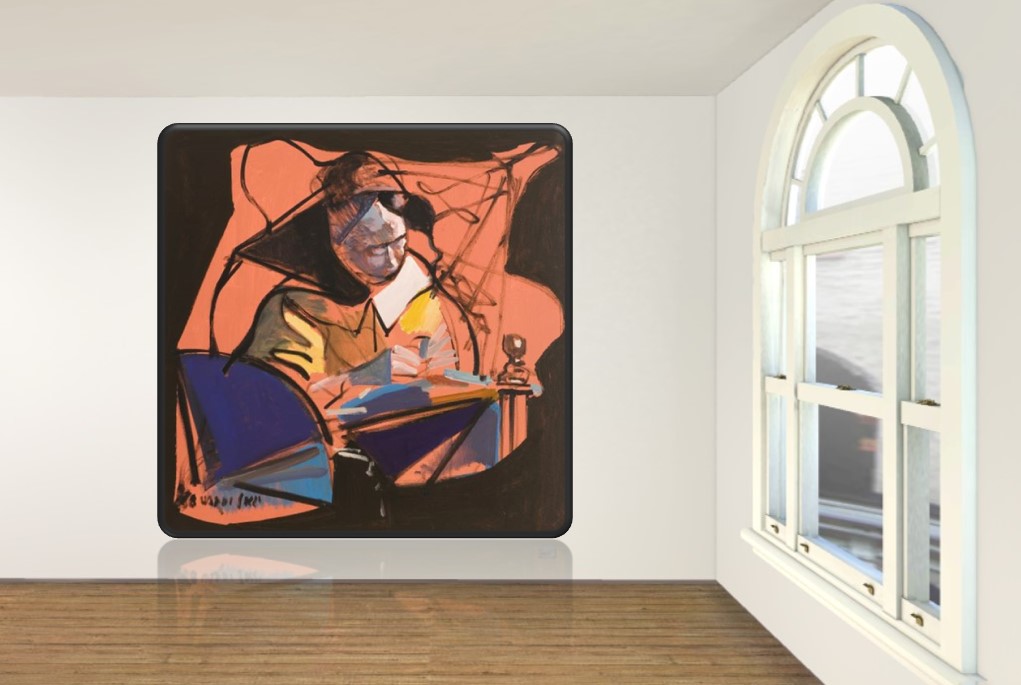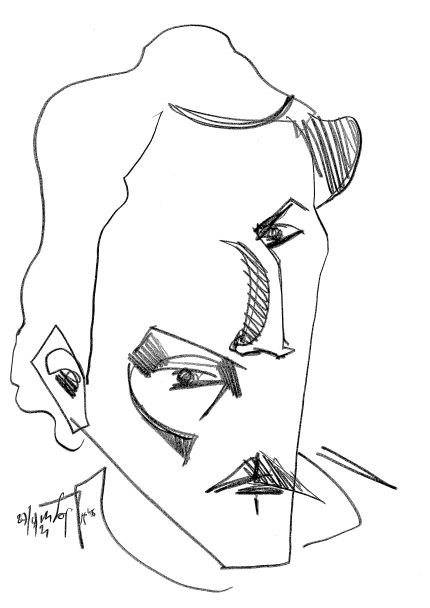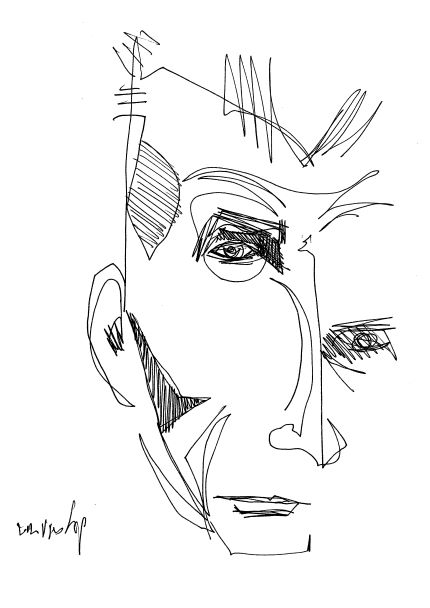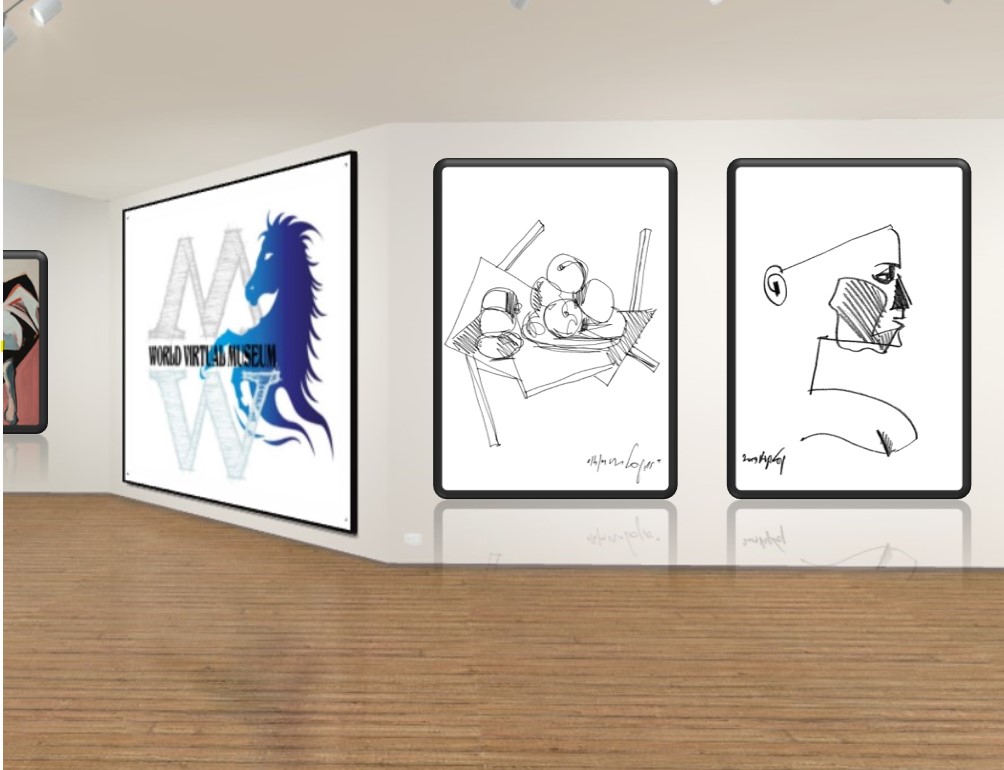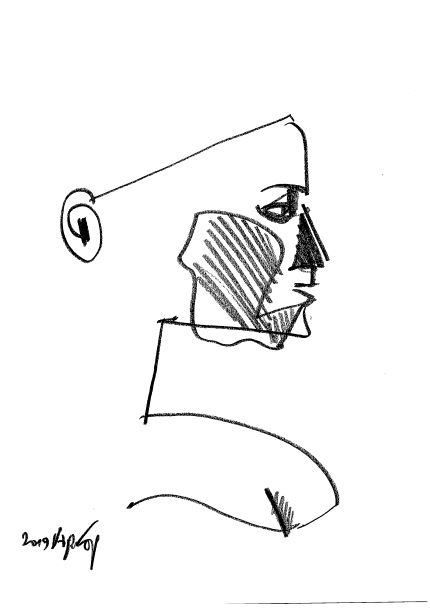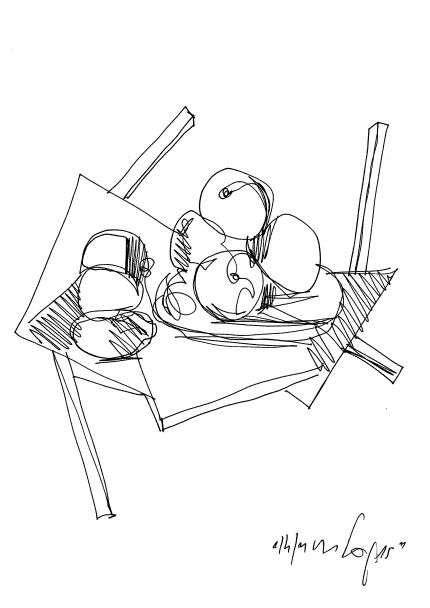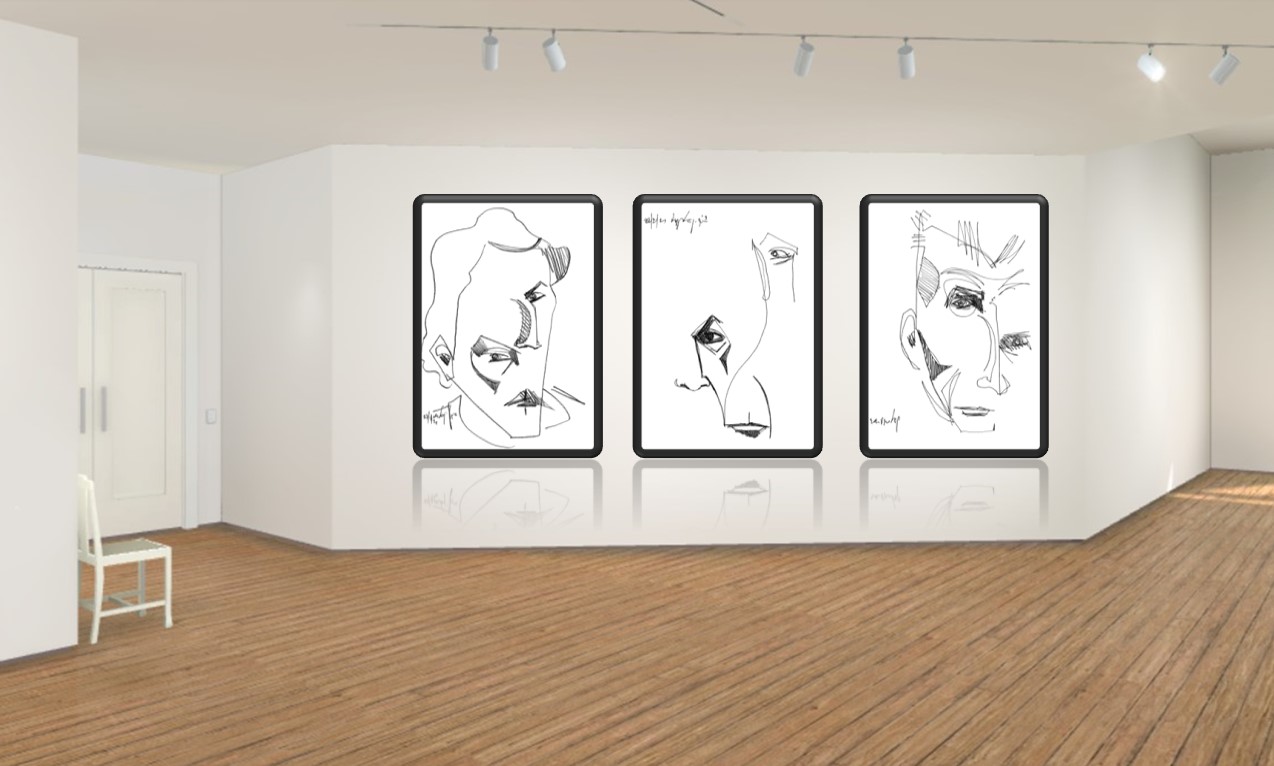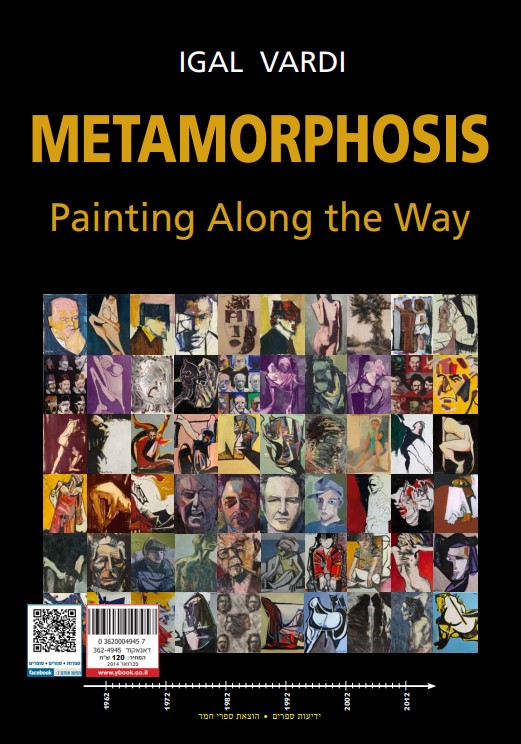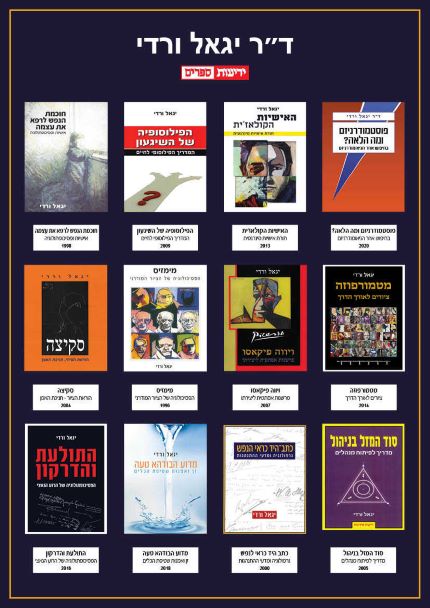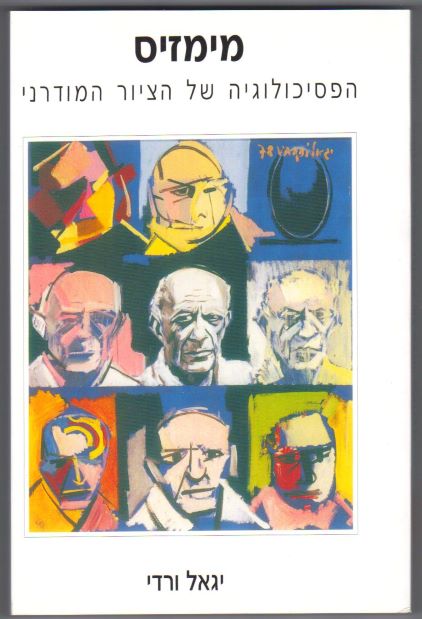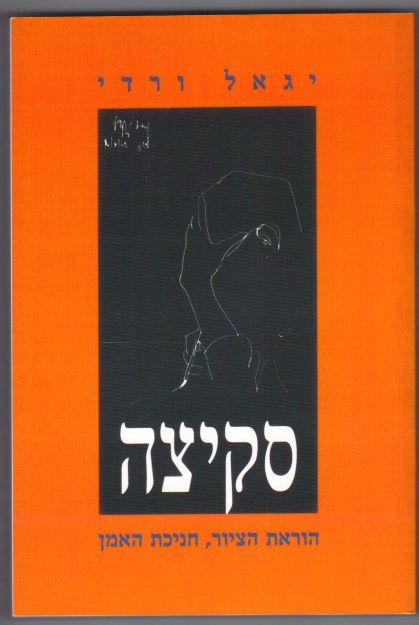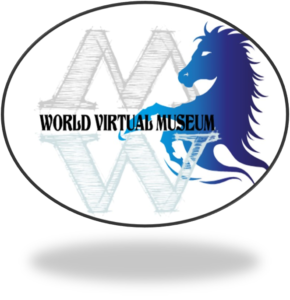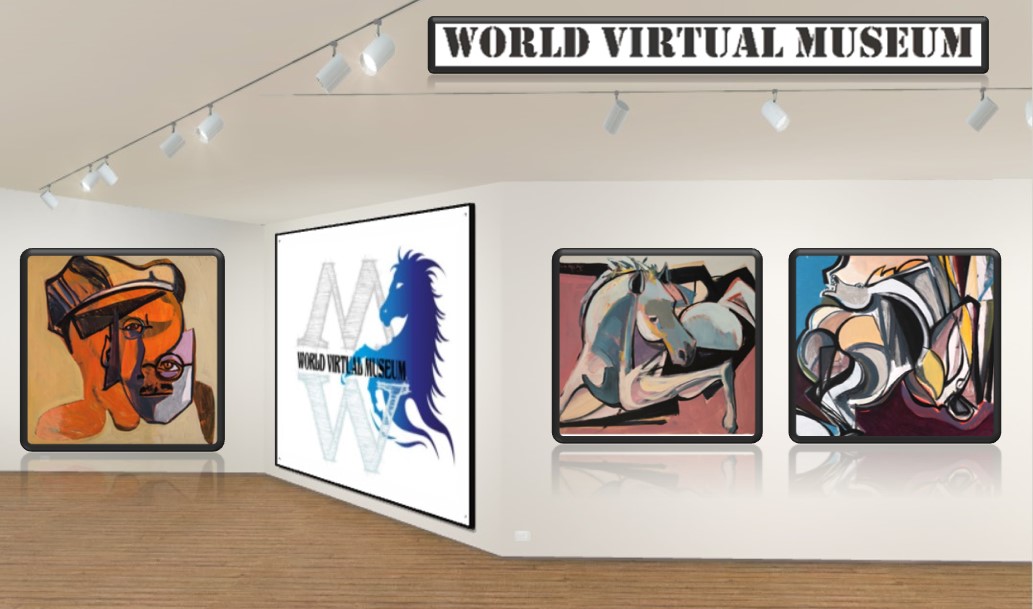
IGAL VARDI
Painter
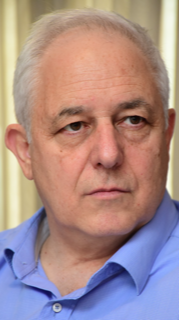
Biography
Life Events
Born in 1953 in Kibbutz Mishmar Hanegev, Israel. In his younger years studied in Argentine in the school of the painter Andre Lhote and the sculptor Antoine Bourdeille ( August Rodin’s student). Later, when returning to Israel, he was student with painters Moshe Agmon, Rafi Lavi, Ran Shechori and Osvaldo Romberg.
Exhibitions
2018 Topological painting, portraits, Tova Osman art gallery
2008 Variations on the history of art, Tel Aviv Artists House
2006 Myth Paintings – The Artist’s Residence, Herzelia
2004 Portraits from Theater – Habima Theater, Tel- Aviv
2003 Bialik: Portraits of the soul – Bialik Museum, Tel- Aviv
2001 Painting & Sketching at the Gallery – Amailia Arbel Gallery,
Tel- Aviv (together with A. Kosovwsky and I. Bar-Kamda)
1999 A Concert in Painting (together with M.Bar-Am) – Theatronetto Festival &
Bi-Artist – Habima Theater and Jerusalm Theater
1998 Bonjour Monsieur Buchoni – Efrat Gallery, Tel-Aviv
1991 Metamorphosis – Engel Gallery, Tel-Aviv
1988 Mimesis- Engel Gallery, Tel-Aviv
1987 The Artist’s Center – Painters & Sculptors Association, Tel-Aviv
1987 Yad Lebanim Gallery, Tel –Aviv
1976 Yad Haoman Gallery, Jaffa
1975 Yad Lebanim Gallery, Petach Tikva
1970 Yad Lebanim Gallry, Petach Tikav
1967 Beit Haam, Beer-Sheva
One of the initiators and founders of the group “Dispute in Art” – Heinekan Club, Habima Theater, Tel-Aviv (2000)
Published the following books by Yedioth Books
- Mimesis: The Psychology of Modern Painting (1996)
- The Wisdom of the soul to Heal itself: Personality and Psychopathology (1998)
- Handwriting as a Mirror to the Soul (2000)
- A Sketch: Teaching Painting and Artist’s initiation (2004)
- Luck in Management: A Manual for Manager’s Development (2005)
- Viva Picasso: An Aesthetic Interpretation of his work (2006)
- The Philosophy of Madness: The Philosophical Guide for Life (2009)
- The Personality Collage: A Theory of Synergetic Personality (2013)
- Metamorphosis: Painting Along The Way (2014)
- The Worm and the Dragon: The Psychopathology of the Nazi Evil (2015)
- Why Was the Buddha Wrong: Zen and The Art of Dishwashing (2018)
Topological Painting Manifesto
Topology is the mathematics of distortion. It represents reality through distortions – contracting, stretching, magnifying and also the tearing of form. The topological perspective represents reality in a fluid, chaotic, hybridic, collage-like form, yet simultaneously also realistically.
In my topological painting distortion is characterized by a simultaneous convergence of three painting styles representing three different perspectives of reality: the innocent eye (impressionism), the thinking eye (cubism) and the painting hand (expressionism). This is a meeting of three epistemological perspectives: the empirical (the innocent eye), the rational (the thinking eye) and the pragmatic (the painting hand), which together create reality as a topological distortion.
Topological painting has roots in the past. Distorted topological paintings were initially drawn by the expressionists who distorted reality in a caricaturistic manner by intensifying emotions in relation to reality. An extreme distortion of reality was presented by Pablo Picasso in his Surrealistic style that in effect was based on his simultaneous Cubism that represented reality from different perspectives concurrently. Topological distortion was also reflected in the futuristic works of Umberto Boccioni, and in Francis Bacon’s painting style. The biomorphic painting style of Juan Miro, Paul Klee and Jean Arp also echoes the topological view of reality. The painter Maurits Cornelis Escher, whose paintings reflected topological thinking by presenting reality in closed circularity according to the structure of the Möbius band and based on a closed sequence of metamorphosis. The style of Salvador Dali’s last paintings was called “the topological painting” and presented a distinctly topological view of reality.
The three perspectives of reality presented above: the innocent eye, the thinking eye and the painting hand, exist together such that one cannot exist without the others. This mutual dependence is characterized by a topological distortion, similar to the Borromean Rings, as presented by the psychoanalyst Jacques Lacan, in a transition from the mathematical field to the psychological field, as well as by the psychologist Kurt Lewin.
In my topological painting reality is shown as a circular transformation of the disarranging of form, in a parallel process of de-construction and re-construction of reality that complement each other. Accordingly this is a representation of the human psyche that functions simultaneously both rationally and irrationally as two complementing opposites. Chaos as a condition for order.
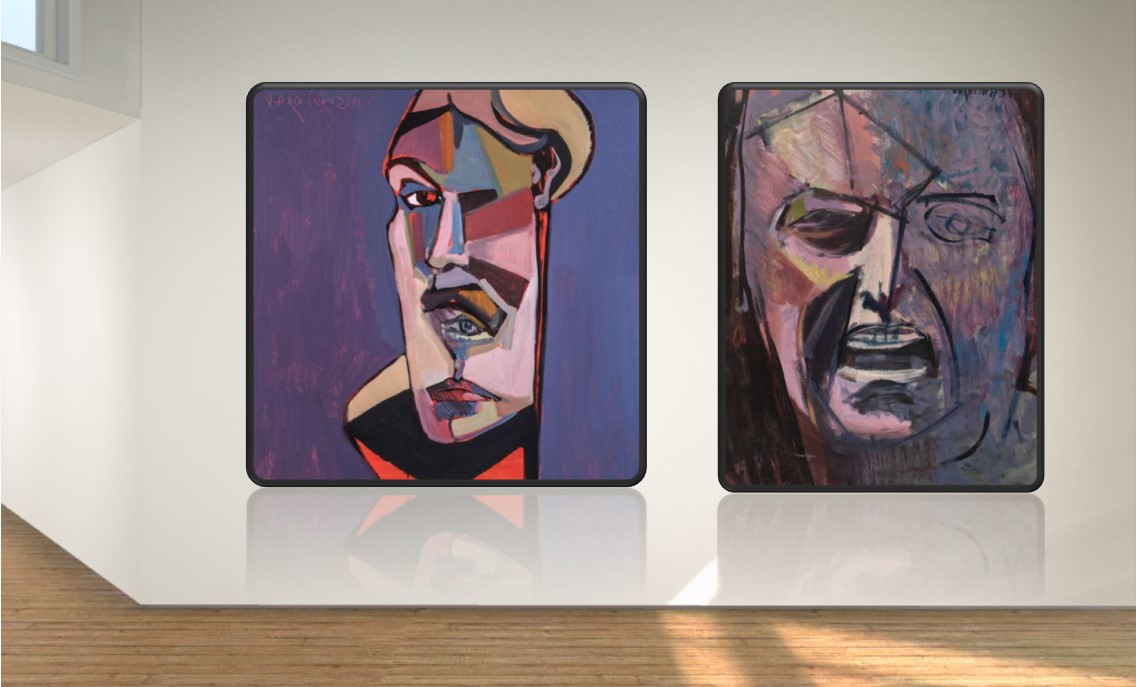
Self portrait
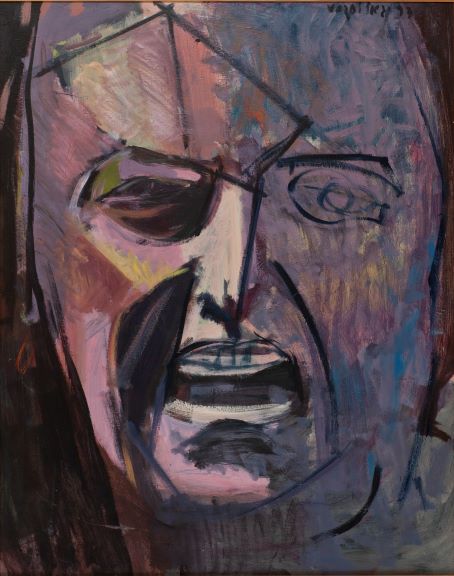
Lou Andreas-Salomé
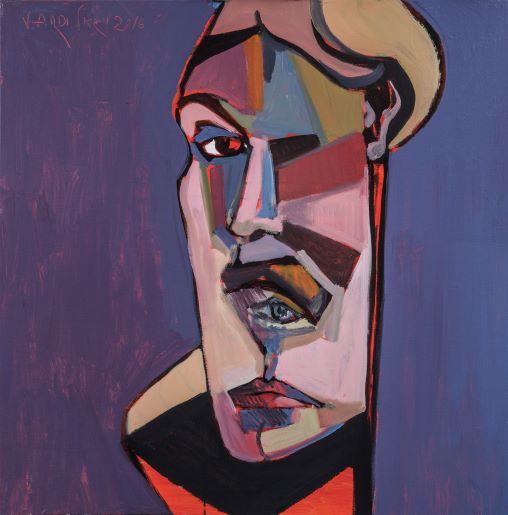
James Joyce
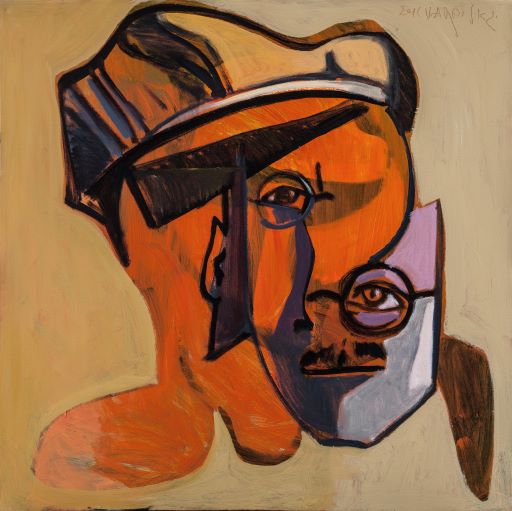


horse

